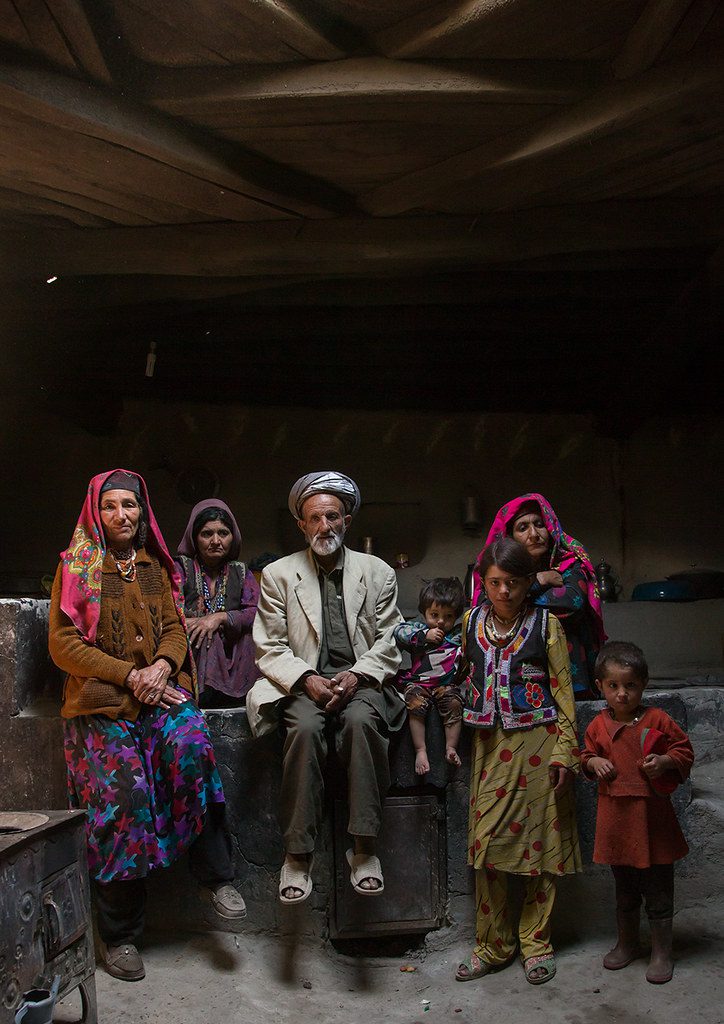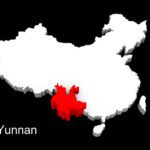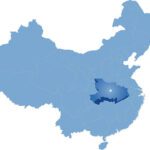The Center for the Scientific Study of Families reports are designed to provide relevant information about the conditional state of families in a specified context. The report provides information such as population, culture, family structure, and family life.
Family reports are an important tool for improving the lives of families. By providing information about the family’s conditional state and context, family reports can help improve communication between families and service providers and lead to better outcomes for families and children.
Introducing Badakhshan Afghanistan
Badakhshan is one of the 34 provinces of Afghanistan, located in the northeastern part of the country. Gorno-Badakhshan in Tajikistan and the Pakistani provinces of Lower and Upper Chitral as well as Gilgit-Baltistan border it on the north and southeast, respectively. It also has a 91-kilometer (57-mile) border with China in the east.
Badakhshan is a mountainous region with a high altitude, ranging from 621 to 7,422 meters (2,037 to 24,350 feet). The highest peak in the province is Mount Noshaq, which is 7,422 meters (24,350 feet) tall. The climate in Badakhshan is cold and dry, with long winters and short summers.
The population of Badakhshan is about 966,789 (excluding nomadic population), making it the fourth-most populous province in Afghanistan. Tajiks make up the majority of the population, then Uzbeks, Kyrgyz, and Wakhis. The official language of the province is Dari, but many people also speak Pashto, Uzbek, and Kyrgyz.
Badakhshan is a historically important region. It was an important trading center during antiquity, and the only then-known deposits of lapis lazuli were mined there as early as the second half of the 4th millennium BC. Badakhshan was also an important region on the Silk Road.
Today, Badakhshan is a remote and underdeveloped province. The economy is based on agriculture and livestock, and there is a lack of infrastructure and services. However, Badakhshan is also a beautiful and diverse region with a rich culture and history.
Cultural and Ethnic Diversity of Badakhshan
Badakhshan is a diverse province with a rich cultural heritage. The two main ethnic groups in Badakhshan are the Tajiks and Uzbeks.
Family statistics in Badakhshan
According to World Bank data, Badakhshan has an average household size of approximately 8 individuals. There was no breakdown of this data by ethnic or tribal group in the province; rather, there was only an overall average number for the province.
Family Structure
Our research did not reveal family structure information about the various ethnic, cultural, and tribal groups of Badakshan, but a Cultural Atlas report on Afghanistan notes the following as a general structure for Afghan families.
Traditionally, this is made up of a husband, wife, their unmarried daughters, and their sons and sons’ spouse[s] and children.
In extended family households, three or four generations may live together.
Family Life
We were unable to find specific data on family life in Badakhshan, but one report details that family life in much of Afghanistan is traditional, with men (husbands, fathers, and sons) responsible for the financial support of the family and women (wives, mothers, and daughters) taking responsibility over household tasks and the rearing of children. Children are expected to help around the home, with strong cultural values of respect for parents and elders.
Marriage & Divorce Rates
The cultural atlas provides some information about marriage life and divorce in Afghanistan as a whole, but not for the specific province.
Marriage is essential to Afghan life, and all relationships lead to marriage. Marriage is seen as two families merging. Parents often arrange their children’s marriages to ensure compatibility. Attraction between couples isn’t always important. The husband-wife relationship is usually endogamous (with parallel or cross-cousin marriages preferred). While kinship marriage is common, families may marry outside their family to diversify their assets.
People generally marry within their tribe or ethnicity. The status, network, wealth, and family background of the prospective spouse are also considered. Marriage can increase a family’s resources or resolve disputes. Young girls may be married to debtors to pay off family debt.
Polygamy is legal in Afghanistan if the man can support all wives financially, but it is rare. Usually, this occurs when a man’s brother dies and his widow has no support. That brother-in-law may marry her into his family (wife inheritance). In multi-wife families, each wife has her own room, belongings, and possibly a kitchen.
Afghan divorce is rare and stigmatized. Couples who divorce face intense family and social pressure to reunite. If her in-laws don’t inherit her, widows and divorcees can become poor.
Conclusion
Family life in Badakhshan is a complex and dynamic topic. The diversity of the area’s cultures and ethnicities, as well as the history of war and conflict there, all have an impact on it. Despite the challenges, families in Badakhshan continue to play an important role in providing their members with economic, social, and emotional support.
Future studies of Badakhshan can include information about education (e.g., literacy rates), the dispersion of groups within the province, and the skills among the various cultural and ethnic groups.





